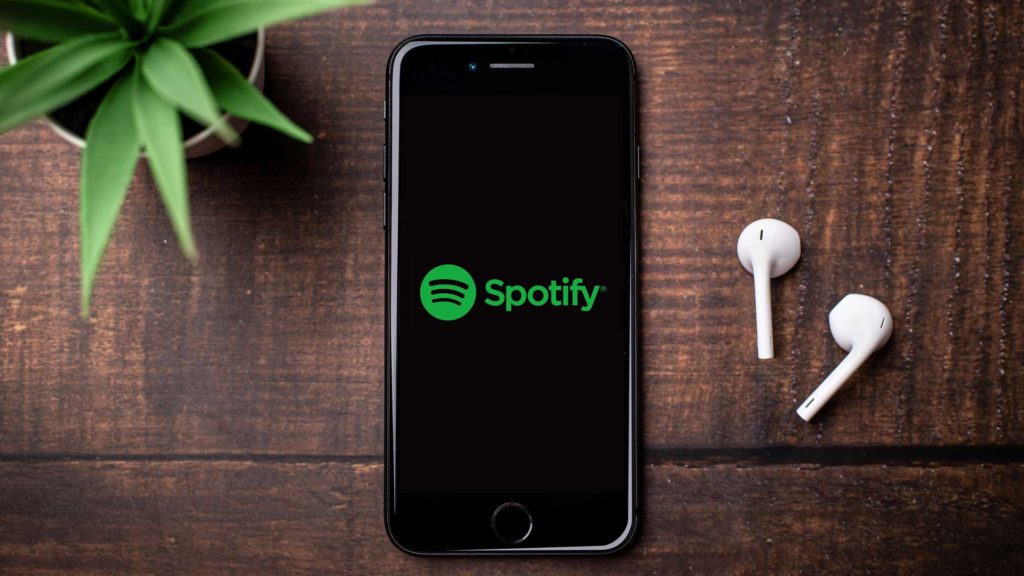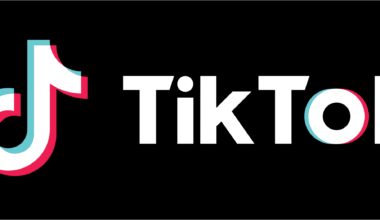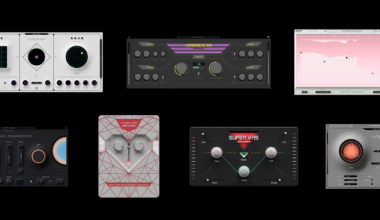
As an independent musician in 2024, streaming has become a crucial source of income in this fully digital music landscape. Releasing your music on major platforms like Spotify is essential to reach a wide audience and get your tunes heard by listeners everywhere. But what’s unknown to many, is how much Spotify pays per stream in 2024.
Curious about the earnings you’re generating from your streams? Let’s dive in.
What is Spotify’s payout rate per stream?
Spotify’s average payout for artists ranges from $0.003 to $0.005 per stream. This translates to a revenue split of roughly 70/30, with 70% going to the artist and rights holders, and 30% to Spotify.
Keep in mind that rights holders for a track can include the publisher, songwriter, and the owners of the master recording (e.g., the artist and/or their record label, if they’re signed).
Spotify Earnings Estimator
Wondering how to calculate your potential earnings from Spotify streams? While exact revenue figures remain confidential, our Spotify Earnings Estimator can help you get a ballpark figure for what you might earn from your streams.
Give our handy tool a try, and let it crunch the numbers for you!
Spotify Earnings Calculator
Please note that the estimated royalties generated by this calculator may not be entirely accurate. These calculations are based on data from the United States and should only be used as a rough guide, as numerous factors can affect streaming royalties. Check out our award winning streaming services earnings calculator for a more in-depth calculation that includes your digital distribution provider.
As we mentioned earlier, it’s difficult to determine the precise earnings per stream on Spotify due to the platform’s confidentiality policies and the many variables that influence streaming rates. Instead of focusing solely on exact figures, concentrate on how you can enhance your earnings from online streams after uploading your music to Spotify.
How do Spotify streaming payouts work?
Spotify, like other on-demand streaming services, uses a “pro-rata” or “platform-centric” distribution model. This means that the revenue generated and distributed to individual artists on the platform is based on these four factors:
- Spotify’s total streaming revenue pool
- The negotiated global payout as a percentage of that revenue
- The total number of streams on the platform
- The number of your streams on the platform
In the streaming world, there is no single revenue pool. Instead, there are numerous separate pools for various types of subscriptions, local markets, countries, and so on. Different types of streams translate to one simple fact: not all streams are created equal.
The pay-per-stream rate for each artist will constantly fluctuate due to hundreds of factors affecting overall revenue. Let’s take a closer look at the three main factors for Spotify.
What is a Spotify ‘pay-per-stream’?
A ‘pay-per-stream’ is the amount of money earned each time someone streams a song on any digital streaming platform. Music streaming generates two types of royalties:
- Mechanical royalties
- Performance royalties
For artists releasing music on these platforms, the pay-per-stream is essentially the amount of money they make for a single stream of one of their tracks or songs.

How much Spotify pays per stream – Royalties
The number of streaming service subscriptions has risen by almost 25% in the United States between 2019 and 2020, making it more important than ever for artists to release their music on all major platforms, including Spotify, Deezer, Amazon, and Apple Music. Discover how much Apple Music pays artists per stream.
What factors can affect Spotify royalty rates?
Spotify stream rates are influenced by three main factors:
- Your choice of music distributor – DistroKid, for example lets you keep all your royalties
- The country of origin of your listeners
- Your listeners’ Spotify account plan
The royalties you receive as an artist on Spotify are based on your agreement with your music distributor or label, not on any rights agreement between Spotify and the artist. This means that your earnings per stream on Spotify are directly influenced by your choice of music distributor and their commission rate.
To maximize your streaming revenue, consider releasing music on multiple platforms and online stores. Being present on more than one music streaming platform is a surefire way to grow your following and reach new listeners.
Playlists are the primary way listeners consume music on streaming services, whether they’re curated by the platform itself or user-generated. Getting your music on playlists can help you earn more from Spotify streams by increasing your tracks’ visibility, leading to more algorithm-driven exposure and listener engagement.
Ultimately, the more streams and fans you generate on Spotify, the more revenue you’ll earn in the form of music royalties.
In addition to earning money from streaming royalties, selling your music online offers other opportunities, such as building a global listener base, getting featured on playlists, or even being discovered for sync opportunities. This makes online music distribution an invaluable resource for emerging artists.





